Lavender (Lavandula spp.) is more than just a beautiful and fragrant addition to your garden. Cultivated for centuries, it boasts a rich history, captivating fragrance, and a multitude of uses that have transcended time. This guide delves into the world of lavender, equipping you with the knowledge to cultivate this delightful herb in your own home. Check out Simple Lawn's many services to learn more about perfecting your home's landscape after reading.
Identifying Lavender

Lavender's signature features make it easy to recognize:
- Fragrant Foliage: Needle-like, grey-green leaves release a delightful aroma when brushed against. The scent can vary depending on the variety, with some offering more floral or herbal notes.
- Showy Blooms: Spikes of small purple flowers (though some varieties boast white or pink) bloom in mid to late summer, attracting pollinators like bees and butterflies. The flower stalks can be used fresh or dried for various purposes.
- Compact Growth: Most lavender varieties are small shrubs, reaching a height of 1-3 feet, making them ideal for borders, containers, or walkways. Their compact size and low-maintenance requirements make them popular choices for beginner gardeners and urban dwellers alike.
History Of Lavender
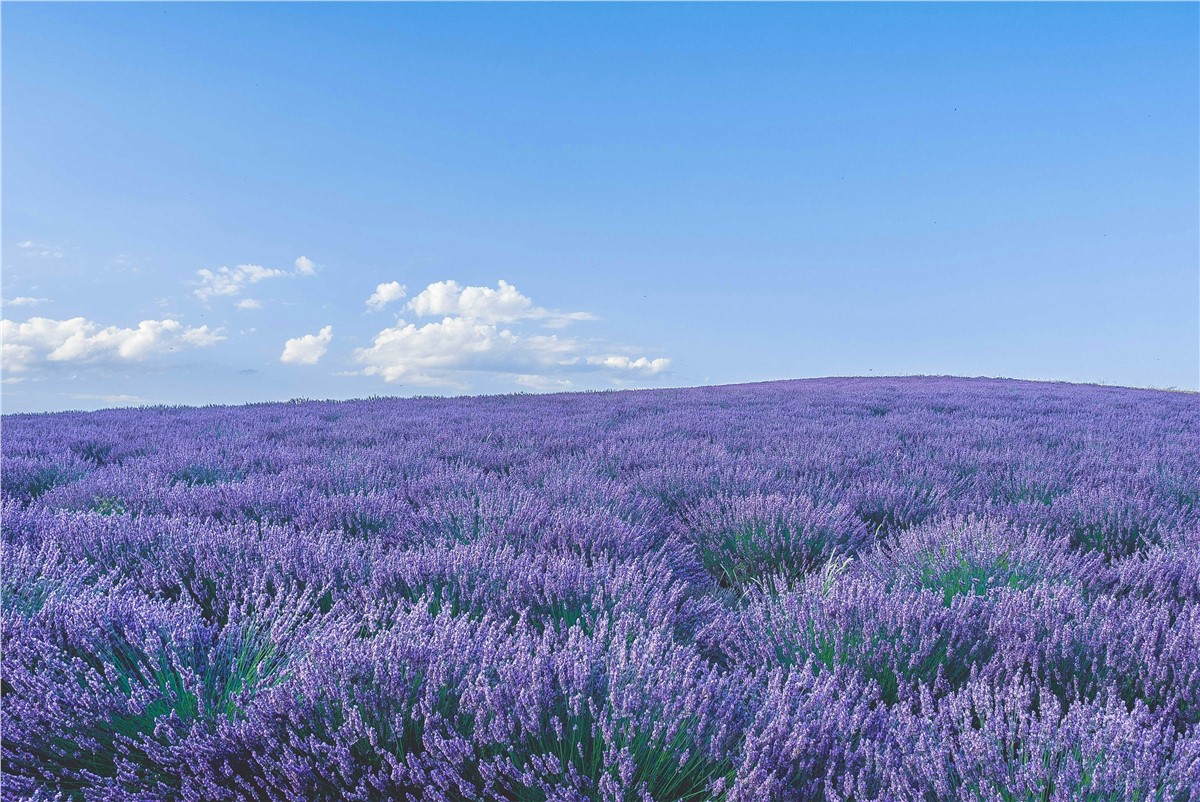
Lavender's origins stretch back millennia, with evidence of its use in ancient civilizations. The Egyptians incorporated lavender into mummification practices and used it for its fragrance. The Greeks valued it for its medicinal properties and symbolic association with purity. The Romans embraced it for its versatility, using it in everything from baths and saunas to laundry and cooking.
Medieval Europeans continued this tradition, incorporating lavender into everything from potpourri to linens for its moth-repelling qualities. Lavender's association with cleanliness and hygiene made it especially valuable during the plague years, when it was believed to ward off evil spirits along with unpleasant odors. Monasteries became centers for lavender cultivation, using it for medicinal purposes and in religious ceremonies.
Today, lavender cultivation flourishes worldwide, with France and Provence often synonymous with these fragrant purple fields. Provence's picturesque lavender fields attract tourists and contribute significantly to the region's economy, with lavender oil production being a major industry.
A World Of Lavender Varieties
With over 400 varieties, the world of lavender offers a spectrum of scents and appearances to suit any preference:
- English Lavender (Lavandula angustifolia): The quintessential lavender, known for its intense fragrance and deep purple blooms. Popular varieties include 'Hidcote Blue' known for its compact size and strong fragrance, and 'Munstead' prized for its tall flower stalks and abundant blooms.
- French Lavender (Lavandula dentata): Noted for its broader leaves, looser flower spikes, and sweeter fragrance. 'French Grey' with its silvery foliage and 'Dutch Mill' with its large, deep purple blooms are popular choices. French lavenders tend to be less cold-hardy than English lavenders.
- Spanish Lavender (Lavandula stoechas): Also known as Butterfly Lavender, it features distinctive 'rabbit-ear' bracts above the flowers and thrives in warmer climates. 'Lavandula stoechas ' papillon' with its vibrant purple flowers and bracts is a popular variety. Spanish lavenders are generally not as fragrant as English or French lavenders but offer a longer blooming season.
Planting & Early Care For Success
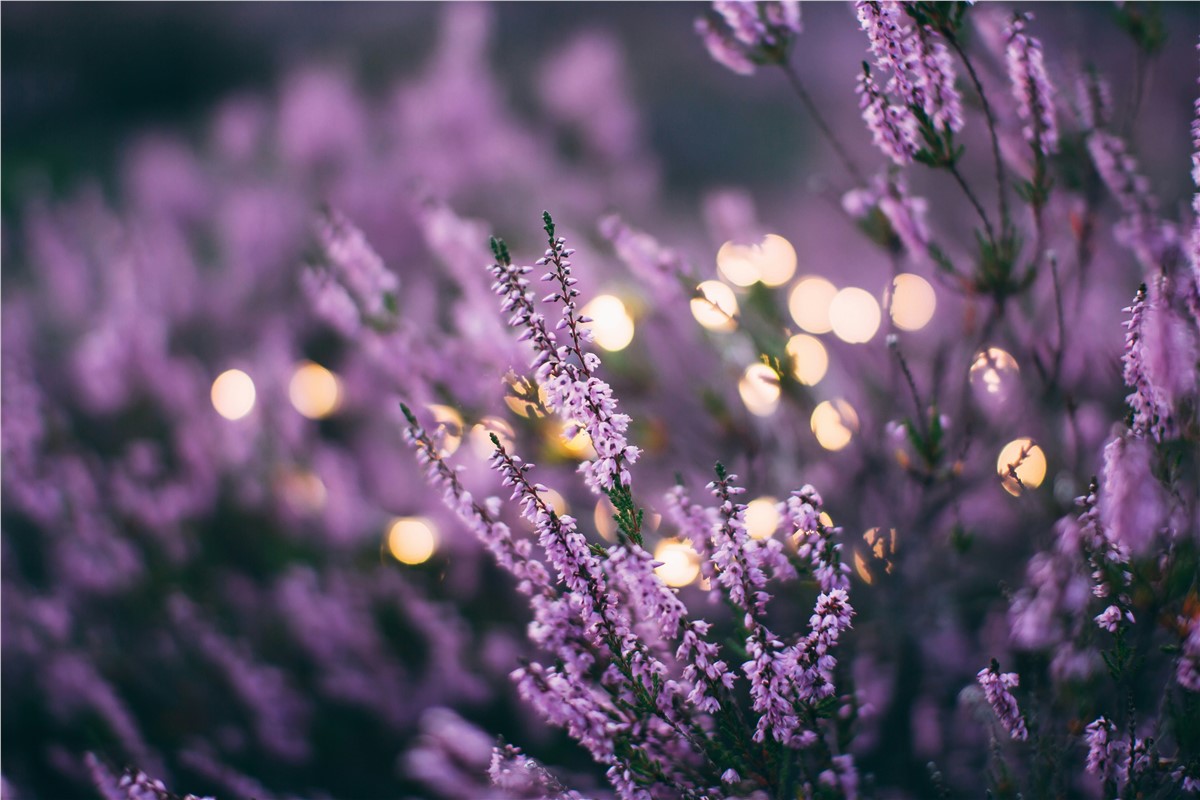
Fortunately, lavender is a simple and happy addition to your garden and thrives with consistent care. Bringing lavender to your home starts with proper planting:
- Choosing a Location: Lavender thrives in full sun and well-drained soil. Sandy or loamy soil is ideal. Amend clay soil with sand or gravel to improve drainage. Poor drainage is the leading cause of failure in lavender, so ensure the planting site allows for proper water flow.
- Planting Time: Plant lavender in spring or fall, depending on your climate. In colder regions, fall planting allows roots to establish before winter. Avoid planting during the hottest days of summer.
- Spacing and Depth: Space lavender plants 1-2 feet apart, depending on the variety. Dig a hole slightly larger than the root ball and plant the lavender so the crown sits level with the soil surface. Planting too deeply can smother the plant.
- Watering: Water deeply during the first few weeks after planting, allowing the soil to dry slightly between waterings. Once established, lavender is drought tolerant. Overwatering can lead to root rot.
Seasonal Care
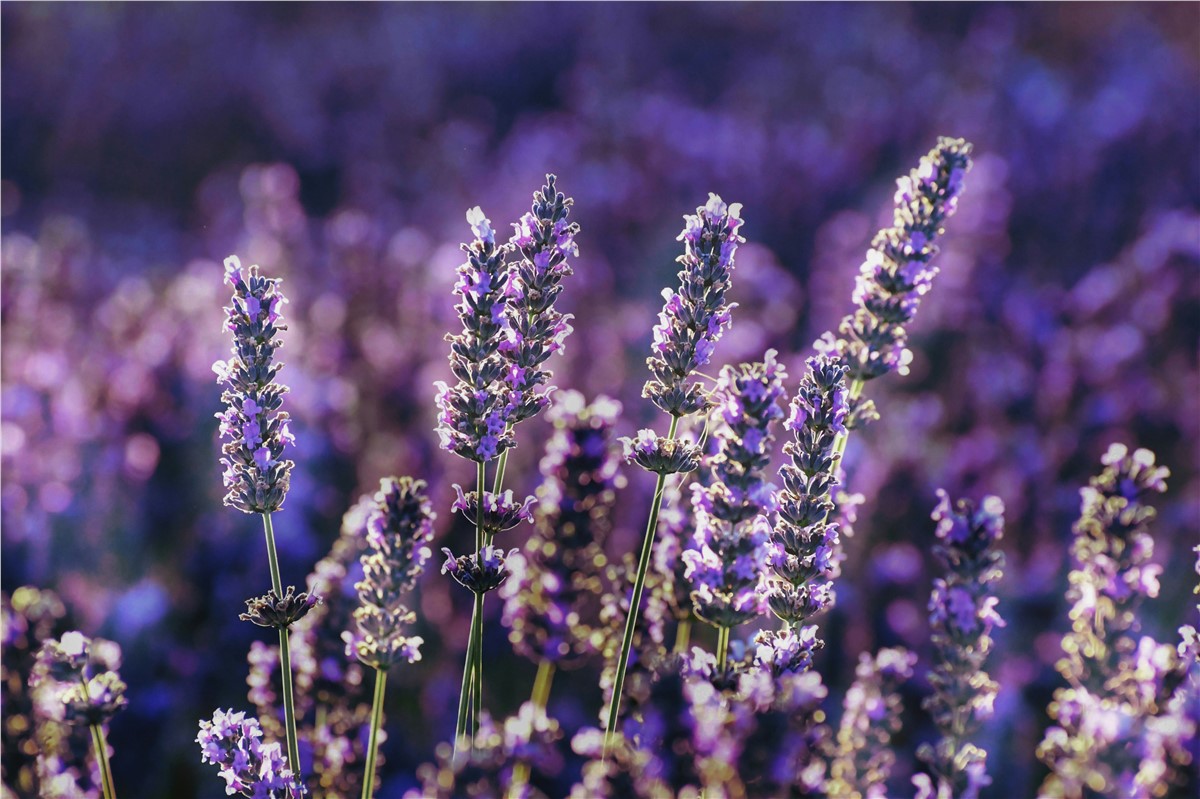
Spring (March-May)
- Pruning: As new growth emerges, prune lightly to remove any dead or winter-damaged wood. This encourages bushier growth and .
- Fertilizing: Apply a balanced, slow-release fertilizer formulated for flowering plants. Avoid fertilizers high in nitrogen, which can promote excessive foliage growth at the expense of flowers.
- Weeding: Regularly remove weeds competing with your lavender plants for water and nutrients.
Summer (June-August)
- Watering: Water deeply during dry spells, allowing the soil to dry completely between waterings. Overwatering can lead to root rot.
- Deadheading: Regularly remove spent flowers to encourage continued blooming throughout the summer. Cut the flower stalks back to a healthy set of leaves to maintain a bushy shape and promote new growth.
- Harvesting: Once the flowers begin to open but haven't fully bloomed, harvest them for drying or using fresh. Cut flower stalks 6-8 inches long, and bundle them together for drying in a cool, dark, well-ventilated area.
Autumn (September-November)
- Less frequent watering: As temperatures cool and rainfall increases, reduce watering frequency.
- Light shearing (optional): If desired, you can give your lavender a light shearing after flowering has ceased. This helps maintain its shape and encourages bushier growth in spring.
Winter (December-February)
- Winter protection (in colder climates): In regions with harsh winters, protect your lavender plants with a light layer of mulch around the base. This helps insulate the roots and protect them from freezing temperatures.
- Minimal watering: During winter dormancy, watering is rarely necessary. Rely on natural precipitation for moisture.
Lavender In Medicine
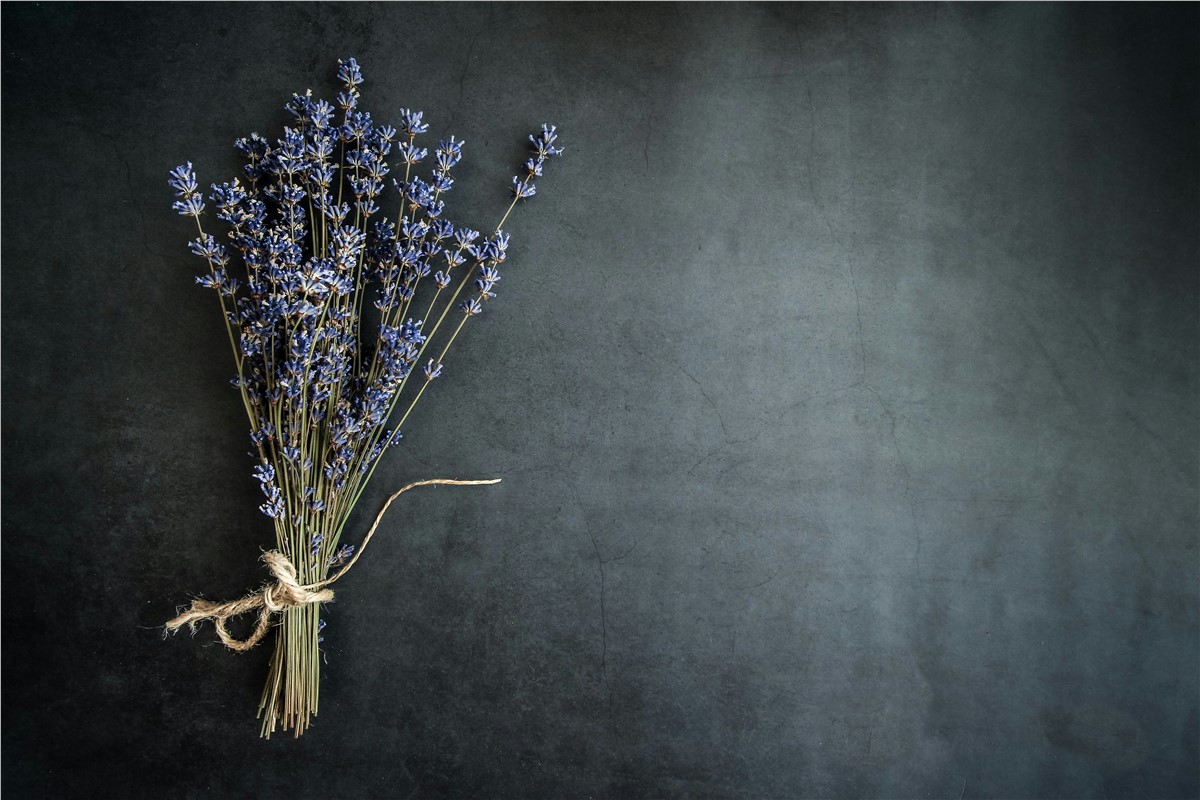
Lavender has a rich history of uses throughout time, most notably used as a medicinal aid. Here is a quick overview of the uses of lavender in history.
- Ancient Egypt: The earliest evidence of lavender's medicinal use comes from ancient Egypt, where it was employed in mummification practices and believed to possess healing properties.
- Greek and Roman Civilizations: Greeks and Romans embraced lavender for its antiseptic and calming qualities. They used it to treat wounds, soothe headaches, and alleviate respiratory issues.
- Medieval Europe: During the bubonic plague, lavender's aromatic properties were believed to ward off evil spirits and combat the disease's stench. It was also used to treat a variety of ailments, including muscle aches, insomnia, and anxiety.
- Modern Applications: While scientific evidence is still evolving, current research suggests lavender oil may offer benefits for anxiety relief, sleep improvement, and wound healing. It's important to consult with a healthcare professional before using lavender for medicinal purposes.
Lavender As A Culinary Delight
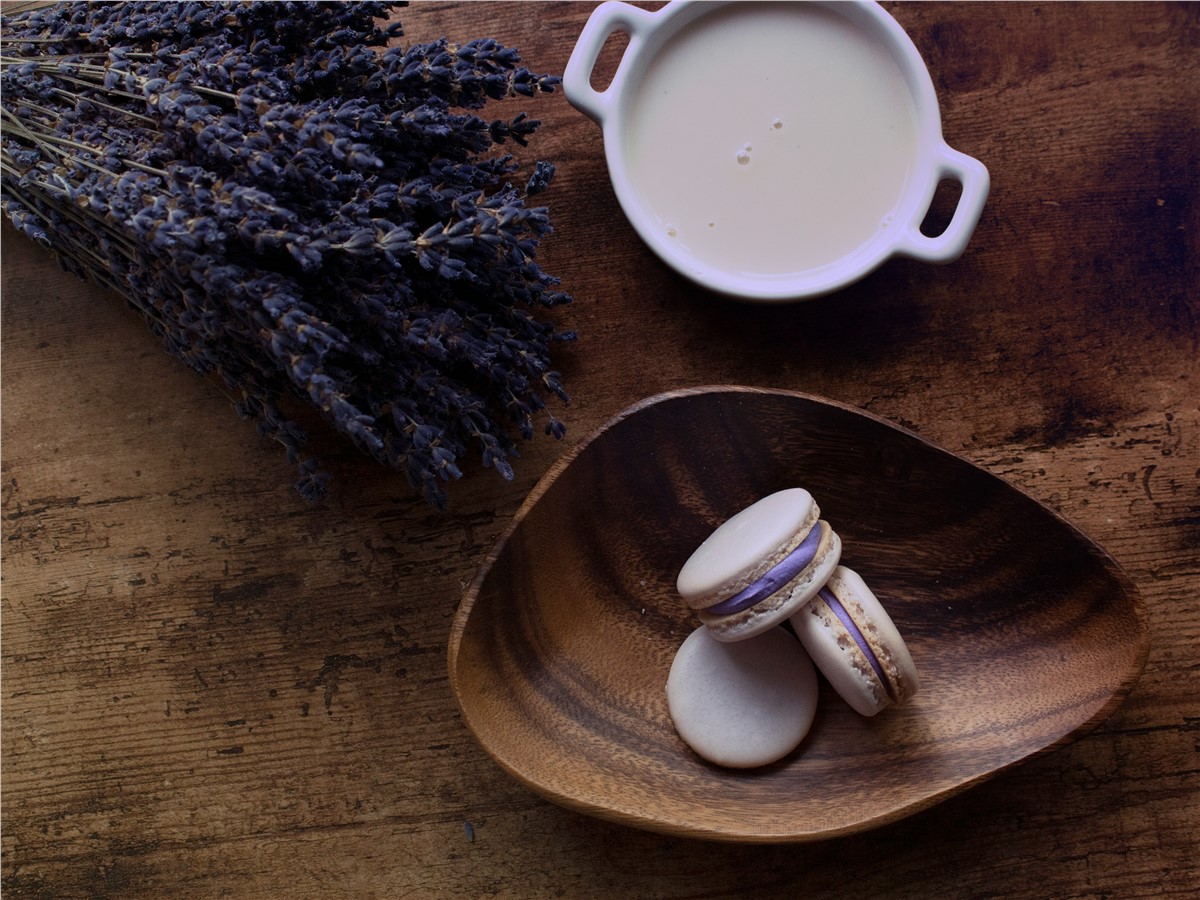
Another popular use of lavender was in food and drink, with its light and distinct taste sought out all throughout history. While lavender is best known for its use as a tea, history proves that this delightful plant had a significant impact on the cuisines of many cultures.
- Roman Era: Romans incorporated lavender into various culinary dishes, such as stews and sauces, to enhance flavor and add a unique floral note.
- Medieval Europe: Lavender continued to be used in European cuisine, appearing in recipes for meats, vegetables, and even beverages. Lavender honey, a delightful treat still enjoyed today, was a popular culinary creation during this period.
- Modern Gastronomy: While less common than in the past, lavender still finds its way into modern cuisine. Chefs utilize it in desserts, beverages, and savory dishes, adding a subtle floral complexity to their creations.
Lavender In Cosmetics
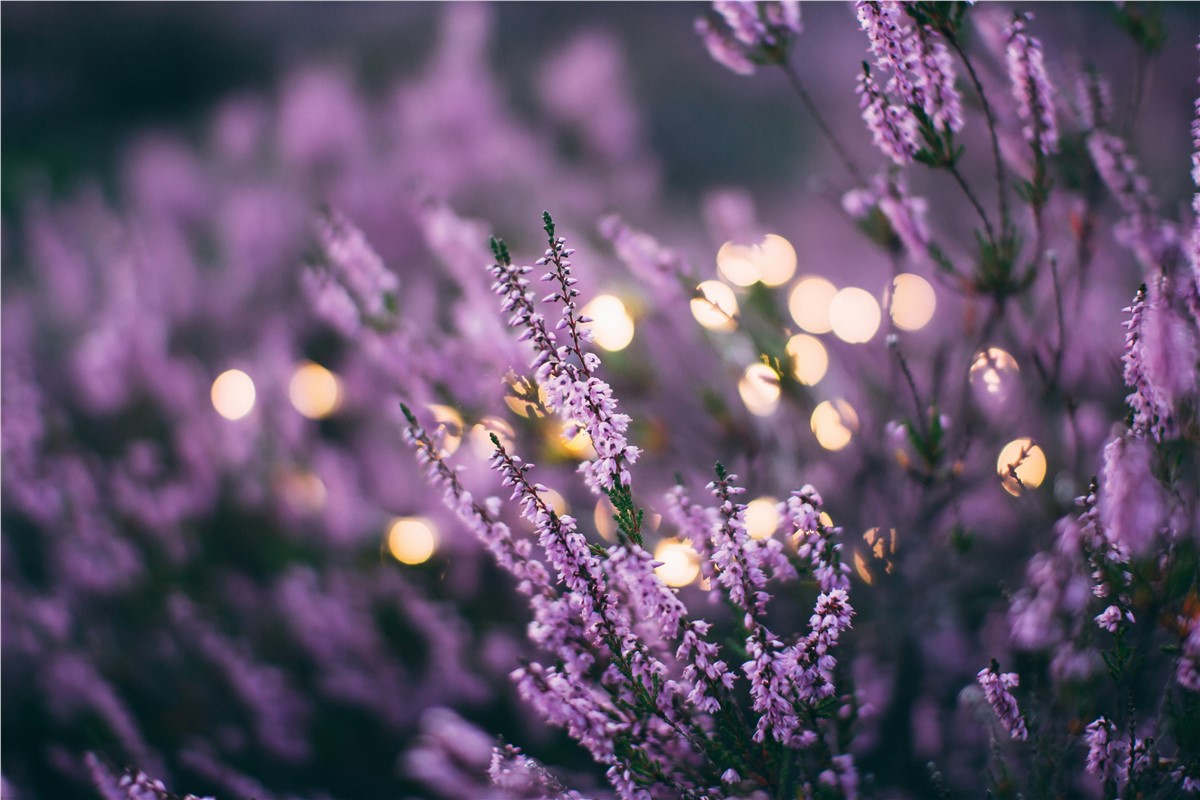
This ancient herb was prized for its delicate and memorable fragrance, making it one of the oldest herbs used in cosmetics throughout history.
- Ancient Civilizations: Evidence suggests Egyptians and Romans used lavender in bath water and fragrant oils for their cleansing and aromatic properties.
- Medieval Europe: Lavender water, a distillation of the flower heads, became a popular cosmetic during the Middle Ages. It was used for hygiene, to freshen breath, and as a perfume.
- Modern Cosmetics: The calming and antiseptic properties of lavender oil make it a valuable ingredient in modern soaps, lotions, and creams. Lavender's essential oil is also prized in perfumery for its calming and sophisticated scent.
A Language Of Flowers: Symbolic Meanings Of Lavender
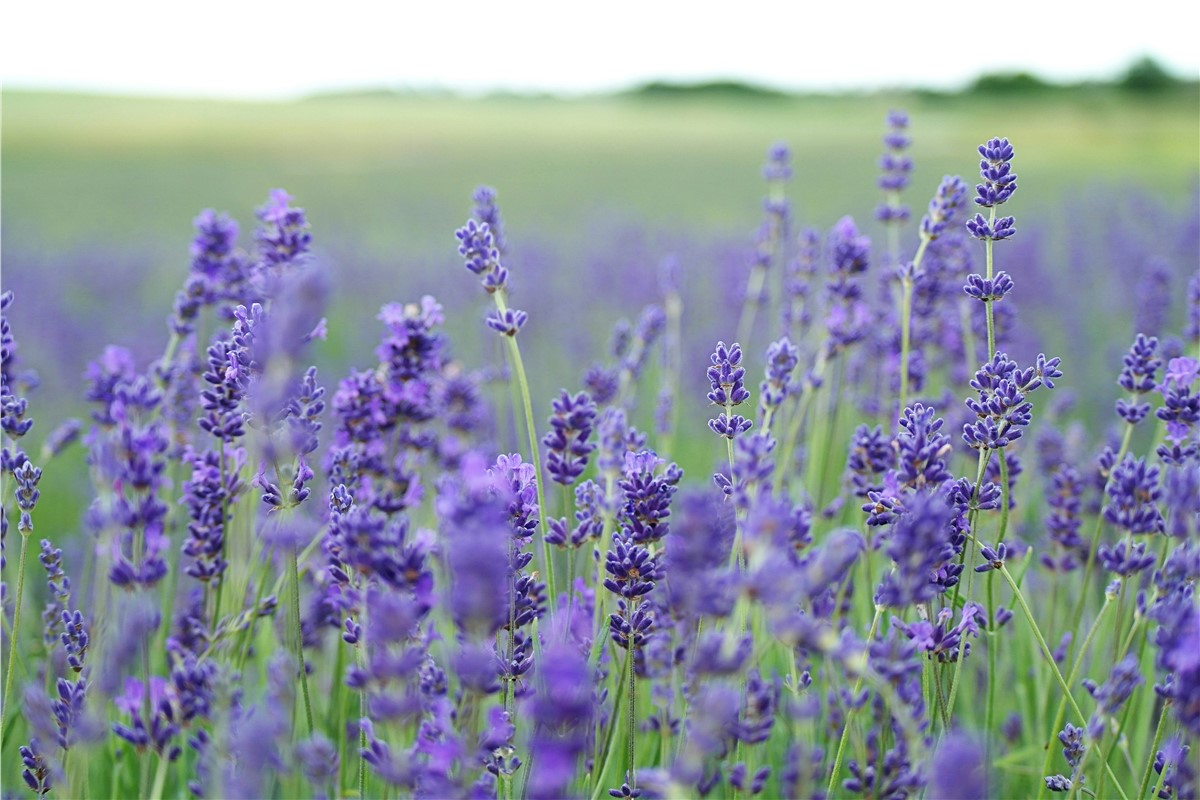
When the Language of Flowers was developed in the early 19th century, lavender was a popular addition to many bouquets and gardens, prized for its meanings and always a crowd pleaser.
- Purity and Protection: In many cultures, lavender has been associated with purity and protection. It was often used in religious ceremonies and rituals, believed to ward off evil spirits.
- Love and Devotion: Lavender's association with love and romance stretches back centuries. Victorians included it in wedding bouquets to symbolize devotion and fidelity.
- Peace and Tranquility: The calming scent of lavender has long been linked with relaxation and stress relief. It was used in sachets and sleep pillows to promote peaceful slumber.
- Respect and Admiration: In some cultures, gifting lavender conveys respect and admiration for the recipient.
By incorporating lavender into your garden, you're not just adding a splash of color and a delightful fragrance; you're becoming part of a rich historical tapestry. From its ancient medicinal applications to its enduring presence in cosmetics and culinary creations, lavender offers a glimpse into humanity's connection with the natural world. With proper care throughout the seasons, your lavender plants will not only thrive but also provide you with opportunities to explore their multifaceted uses.
Whether you choose to harvest the flowers for potpourri, create soothing bath salts, or simply enjoy its calming presence in your garden, lavender offers a timeless and fragrant legacy to cultivate in your own backyard. So, get your hands dirty, plant some lavender, and embark on a journey through history, one fragrant bloom at a time.
Subscribe to Simple Lawns's Blog




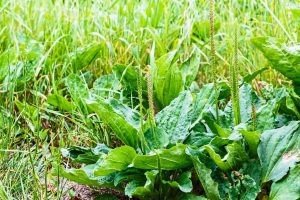
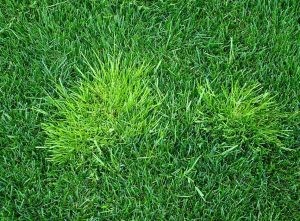
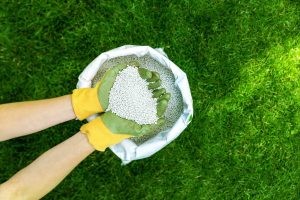

Comments